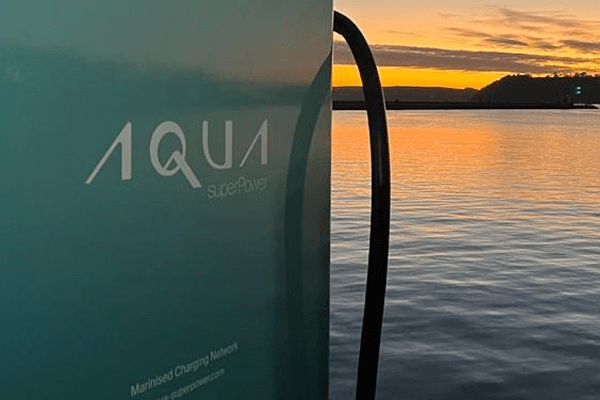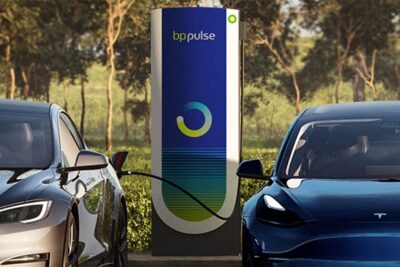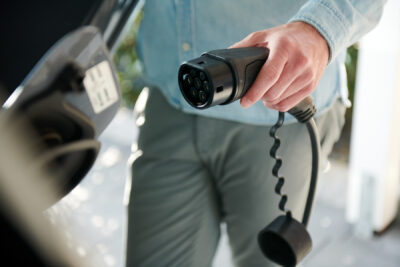British consortium tackles V2G for boats
A British consortium is aiming to advance the development of bidirectional charging technologies for electric boats. The Virtual Bunkering for Electric Vessels (VBEV) project, funded by the British government, will lead to the world’s first demonstrator of electric boats with bidirectional charging equipment.
The VBEV consortium is led by Aqua Superpower, a company specialising in charging infrastructure for electric boats. Aqua will initially conduct a feasibility study to determine the financial, technical and operational business case for deploying bidirectional charging infrastructure for electric boats.
The consortium includes vehicle-to-grid (V2G) and and vehicle-to-X (V2X) specialist Indra, the Centre of Excellence for Low Carbon and Fuel Cell Technologies (Cenex) and the University of Plymouth. The diverse consortium partnership has formed a technical approach to this project that utilises the partners’ technical, business, operational and environmental expertise. The four partners will work with electric boat manufacturers, marina operators, local and national grid operators and boat user representatives to develop a detailed business case.
Based on this business case, the VBEV consortium will plan the world’s first demonstrator for electric boats with bidirectional chargers in Plymouth where Aqua Power has already installed the UK’s first marine charging network to support electric vessels. While Aqua Superpower will contribute its charging stations, the core of the bi-directional charging technology will come from Indra. Indra has gained expertise in product development for V2G and V2X solutions for road vehicles where vehicle batteries can be used to stabilize grids, or charge homes or electric devices. Cenex will develop the bi-directional charger value case and identify vessel archetypes most suited to the required technology.
Matt Knight, Hardware Trials & Data Integration Lead at Cenex, said: “Cenex has researched the benefits and applications of bi-directional charging in the automotive industry for the last six years and we’re excited to see the technology applied to electric boats in coastal regions where it could have a real environmental and economic impact.”
While electric cars cannot always be plugged into a V2G-enabled charging station, many boats (especially those that are privately owned) are rarely used and are in port for long periods of time when their batteries could be used for grid-balancing purposes during peak demand. Electric ferries, on the other hand, generally only moor for short periods before continuing their return journeys, which makes them less suitable for grid balancing.
Within the framework of the project, the energy from electric boat batteries is to be aggregated and made available in a bundled form. This consortium believes this should also make it possible to set up charging infrastructure in ports without “the need for expensive grid upgrades”. For this purpose, a virtual power bunker service is to be made available, which also includes centrally managed conditioning of the connected batteries. Boat owners who make their boats’ batteries available should be able to earn extra income from their participation.
Aqua Superpower has been awarded several important contracts in 2022. As part of a partnership with the Catalan Association of Sports and Tourist Harbours ACPET, charging points for electric boats are to be built along Catalonia’s 580-kilometre coastline. Two further projects were added in Sweden and the USA in summer 2022.





0 Comments